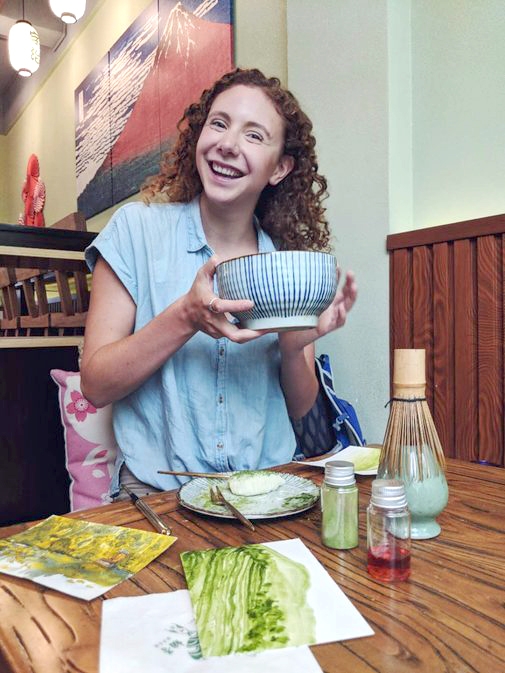Student Describes School of the Environment's First Year in China

[view:embed_content==586442]
By Benjy Renton ’21
Now in its fifth summer, the Middlebury School of the Environment has moved internationally for the first time, spending six weeks in Xizhou and Kunming, China. I am one of 19 students from 10 countries and nine colleges and universities across the U.S. participating in the program, where we are now finishing our final presentations with material we have gathered throughout the program. Directed by Curt Gervich and Liou Xie, two professors who are on the faculty at SUNY Plattsburgh, the School of the Environment uses a combination of standard classroom learning and field work to help understand China and its complex environmental issues.
Arriving in Dali, a city in northwestern Yunnan, we were immediately surprised by China’s stark rural and urban contrast. As soon as we left Dali’s new city, we caught a glimpse of the Cangshan mountain range on our left and Erhai Lake on our right. Upon arriving in Xizhou, we spent the first weekend navigating around the small village of 2,500 people that would be our home for the next three weeks.
MSoE Student Creates—and Auctions—Artwork in China to Benefit Local Nonprofit |

Our time in Xizhou was spent living and learning in the Linden Centre, a restored Bai ethnic minority courtyard home that has been turned into a hotel and cultural heritage center. We began our program with setting some contexts for our exploration of the environment in China, including presentations on Chinese history and China’s administrative structure. We had the privilege of having Mike Kiernan—an emergency room doctor in Middlebury who also works with MiddCORE as a persuasive speaking and story-making instructor—lead a few of our workshops in Xizhou. One of our assignments during the course of the program is to create a “story of place,” which tells the story of our experiences in Xizhou and Kunming through a specific topic. Topics have ranged from dumplings to migration to local temples and religion. This week, we will all be presenting our work on these projects, some of which have taken the form of documentary films and others of photo essays and presentations.
Another highlight from our time in Xizhou was a visit to a wetland owned by China’s branch of The Nature Conservancy (TNC). Since land ownership (the model TNC usually uses in the U.S.) is not possible in China due to the government owning all the land, the Conservancy works with local communities surrounding the wetland to protect biodiversity and hire park rangers. It was great to see how an NGO in China is working to effect change on a local level.
Xizhou is located on Erhai Lake, China’s second highest alpine lake, which is quite polluted due to sewage and other contaminants. Many of our environmental analysis classes gave us the opportunity to spend a few weeks researching government policy and measuring discharge and flow in one of the streams. The government has also banned fishing in the lake, and this allowed us to obtain qualitative data by speaking to fishermen about their experiences.
After spending three weeks in Xizhou, we traveled to Kunming to begin the second portion of our program. Here, we had the opportunity to hear from two local NGOs about their work and challenges of enacting change in China. Policy changes in China revolve primarily around the concept of guanxi—relationships—that NGOs and other entities have with government officials. These relationships can change at any time and so the path to change is not always clear. We have discussed concepts of enacting change and the qualities necessary to be an environmental leader in China.
In Kunming, we have been able to explore concepts of urbanization and biodiversity as we saw urban green spaces and their role in protecting an ecosystem. We also looked at the intersection of religious spaces and forms of biodiversity. In addition to our course work, we have been running around the city tracking down interview subjects for our final projects and exploring our surroundings. Our home in Kunming is located around the Yunnan University area, situated close to the center of the city.
Our student group is incredibly diverse and includes people studying all forms of environmental studies and some with prior experience with China and Mandarin Chinese. I have really enjoyed returning to China, a country that has fascinated me for years. Much of our course work has been field-based, which has given me the opportunity to see how policy affects people firsthand and learn from their experiences. China is constantly changing, and witnessing change in both a small village and one of China’s fast-growing cities with a great group of classmates has been an unforgettable experience.
For More Information
School of the Environment Blog
Middlebury School of the Environment

